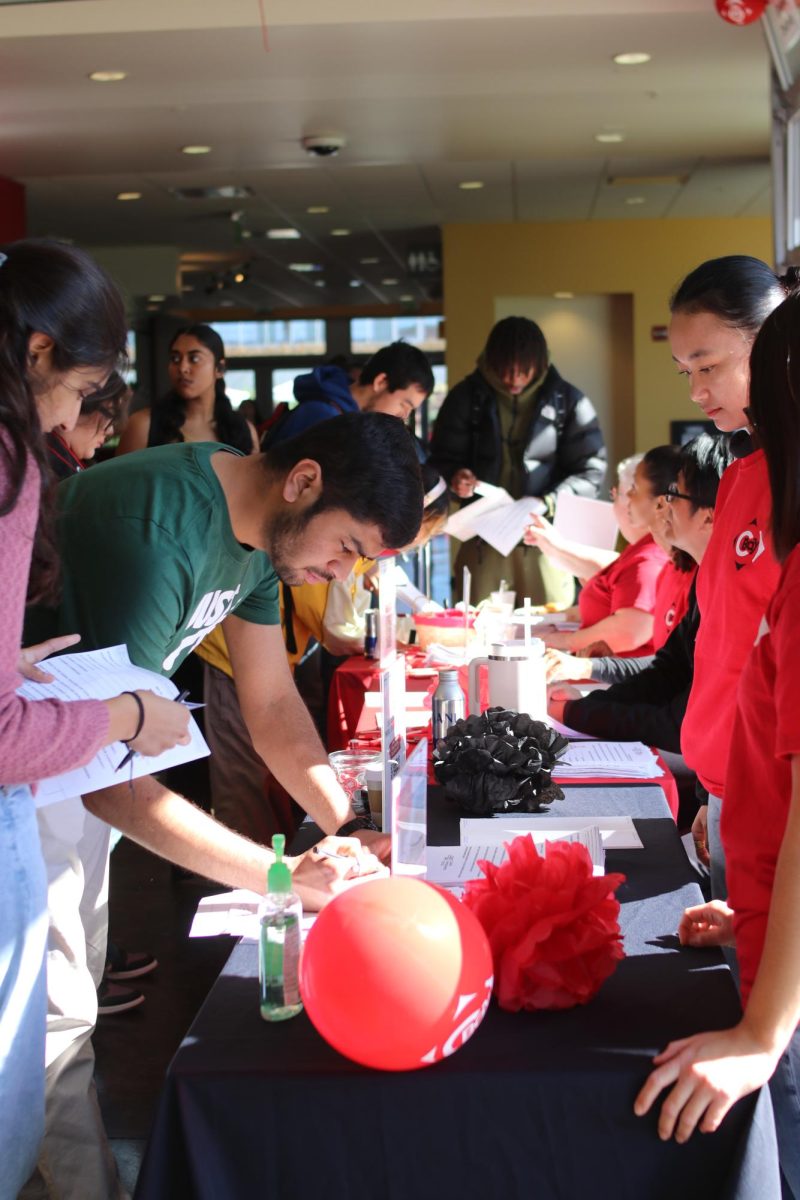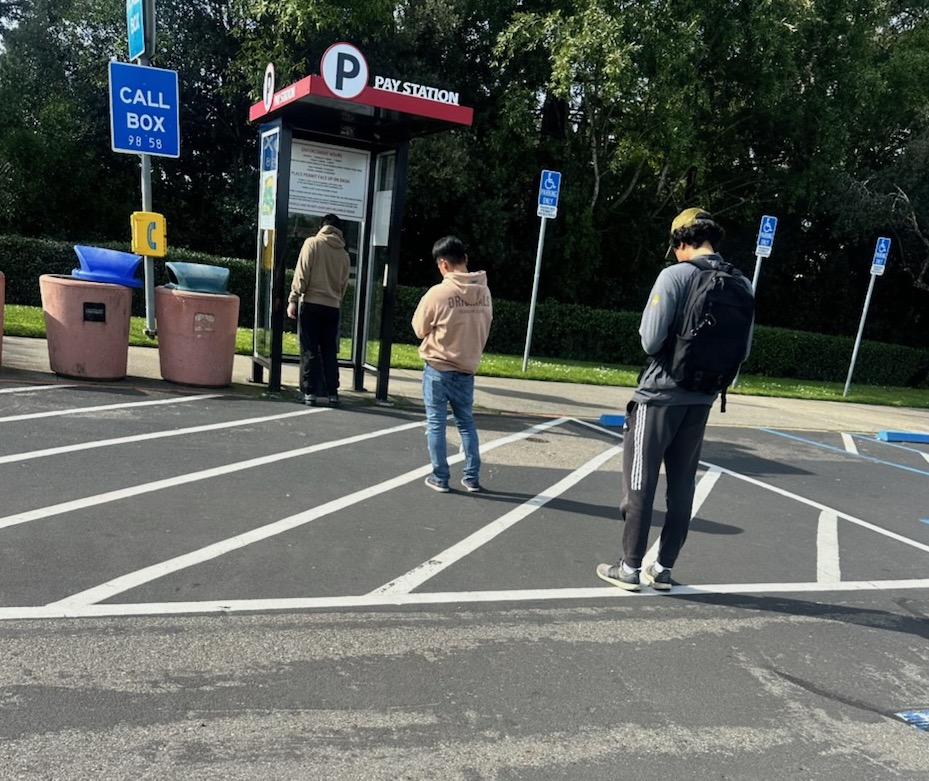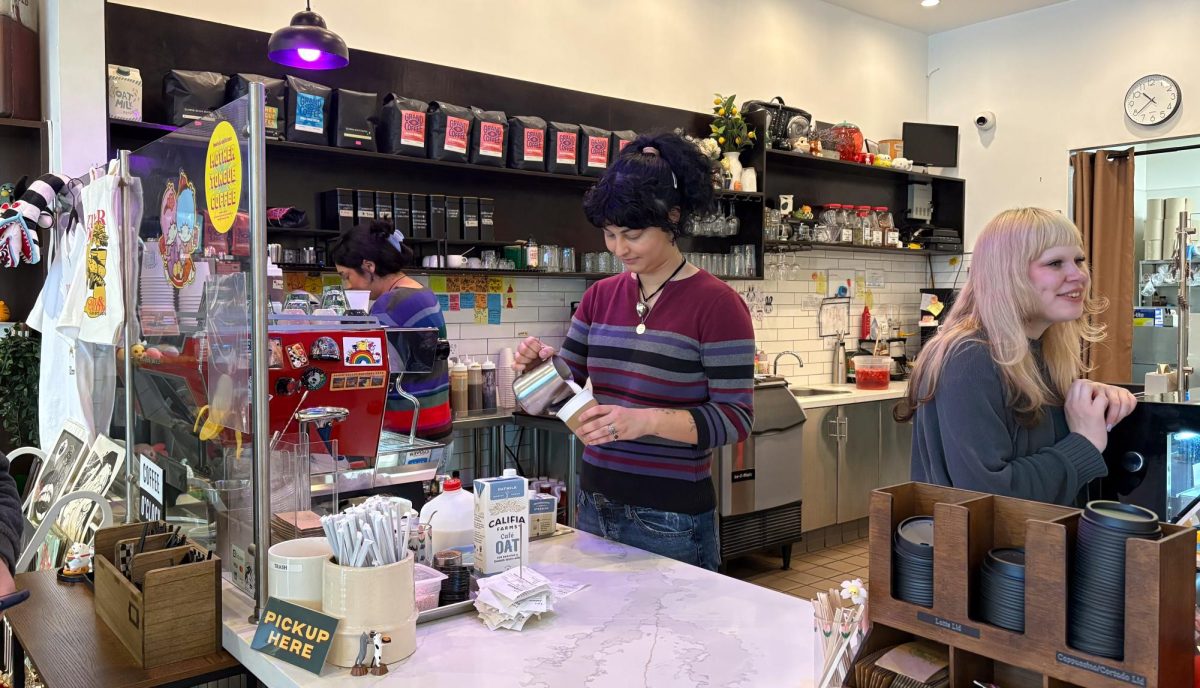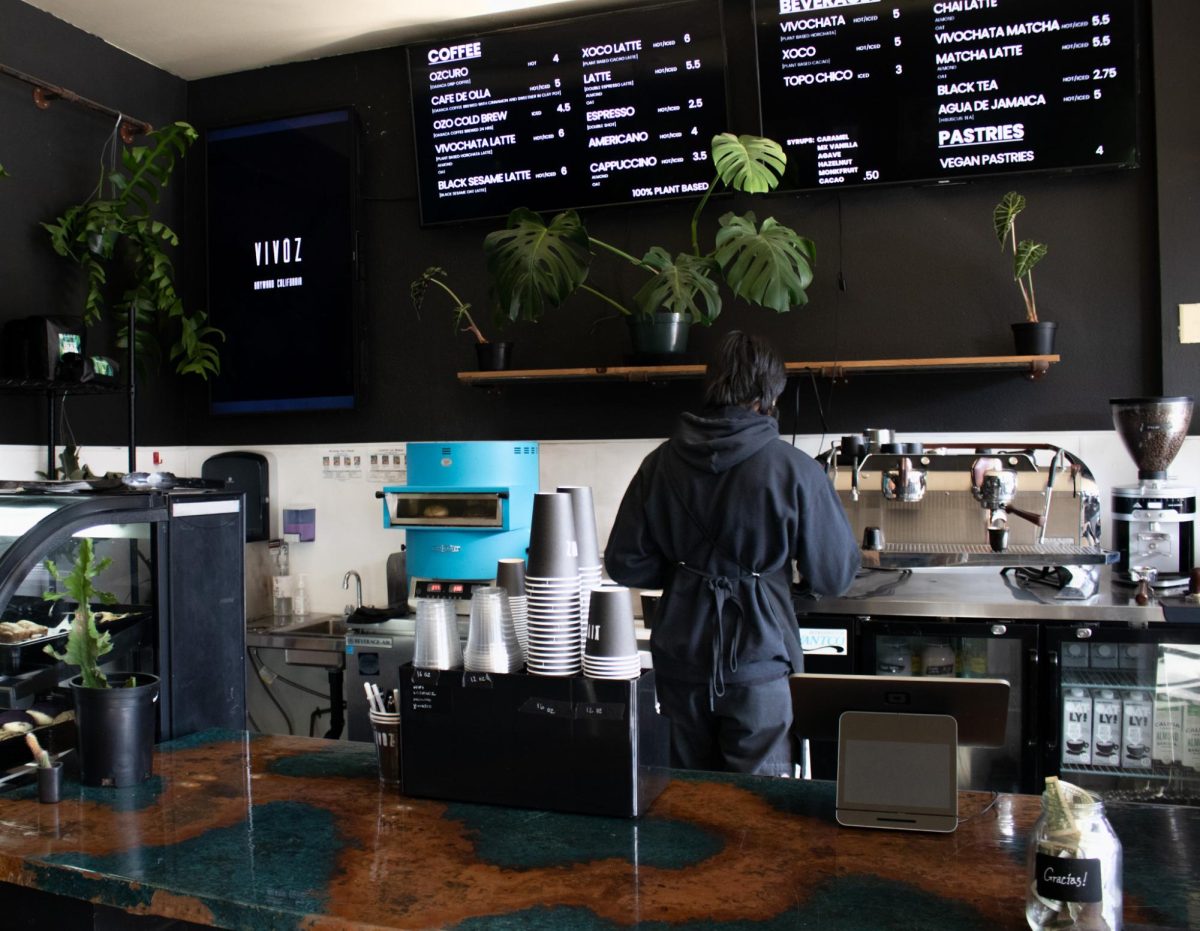More than 10 years after Warren Hall was in need of a seismic standard update, the building is still standing, operating and occupied with staff and students afraid for their safety.
“All I want is for this building to be safe,” said Vijay Patel, an operating system analyst who works in Warren Hall. “If the building is unsafe, no one should be here.”
Patel’s sentiments are shared with many of the faculty, staff and students that still work and learn in the building on a regular basis.
“It sucks,” said Sue Graham, another operating system analyst that works in Warren Hall. “It really, really sucks to still be in this building.”
Employees with offices in the building were hopeful for a change with the proposed plans of the new administration building behind the Valley Business and Technology building.
After the building was finished and administrators and other offices were moved to the building, Warren Hall remains occupied from the 3rd floor down.
David Williams, a portal programmer for CSUEB, feels that the move to the lower levels doesn’t make him feel any safer in the building.
“I questioned why we are now directly above the First floor which is structurally the weakest,” he said. “I have not had a response. One theory is that fire engine ladders can reach the Third, but not the Fourth floor.”
Williams, who is so fed up with the promises of retrofitting that are never fulfilled that he wrote a letter to the editor of The Pioneer, can’t stand to be in the building any longer.
“I feel very unsafe in Warren Hall,” added Williams. “A large Hayward Fault quake could happen at any time.”
After the 90 second 8.8 magnitude earthquake in Chile, Williams concerns have been amplified.
“Chile builds to US seismic code,” he said, “and that quake toppled many buildings the size of Warren Hall. So what chance do we have in a building that does not meet code?”
Graham also feels unsafe but the uncertainty of future plans to be relocated to a safer work place is what bothers her the most.
“It would be nice to know what the plan is,” she said.
The University’s servers that essentially run the student emails and blackboard websites are all in Warren Hall and if an earthquake were to come, the systems would basically crash, explained Graham.
“In my heart of hearts I care more about the people than the equipment,” said Graham. “But if those servers weren’t working, it would be very inconvenient for the campus.”
Williams has offered alternative plans for work spaces until the retrofitting was complete in an effort to ensure a safer environment for the people still working in Warren Hall.
“Many employees here work in IT (Technical Support),” said Williams. “I have made the suggestion that employees be allowed to work from home until emergency trailers are provided. I have not received a response to this suggestion.”
Jim Zavagno, the University Planner for the Department of Planning and Construction, can sympathize with the employees and students in the building but asserts that the building is safe enough to still be operational.
“If the building was that unsafe,” said Zavagno, “then we wouldn’t have people in the building.”
Each year, the Planning and Construction Department proposes projects to the state in hopes that funding will be provided to carry those plans out.
“Every year, Warren Hall is at the top of that list,” said Zavagno. “Renovations of Warren Hall have always been a top priority.”
If this is so, why haven’t renovations been made? Why are Williams, Graham, Patel and all the other building occupants still in Warren Hall?
“We are competing with over 20 other campuses for money,” explained Zavagno.
According to Zavagno, demolishing the building would be much less costly than taking off the top 8 stories of Warren and renovating the remaining floors but tearing down the building would put CSUEB in a worse position to build anything else for a while.
Idealy, the Planning and Construction Department would like to renovate Warren Hall’s lower floors and start contracting the Science, Technology, Engineering and Mathematics (STEM) building which would be “more beneficial for staff and students.”
While this all makes sense, it still leaves the major question unanswered: what about the people in Warren Hall right now?
“We don’t have all the answers right now,” said Zavagno. “But we will.
Williams has tried to contact people in charge of the renovations and has had little luck in getting the responses he needs. He receives incomplete answers if he gets answers at all.
Graham said that no effort has been made to inform the occupants on the future of the building.
“I’m not opposed to meeting with them,” explained Zavagno. “I just don’t have anything to tell them right now.”
One big goal of the department is to find space on campus, which has been very difficult so far, to move the departments and classes in the building and evacuate by February of 2011.
Hopefully this provides some comfort to the staff, faculty and students still in the building.
“The next step is to evacuate the building by next February,” said Zavagno, “so that when the funding becomes available we can just rock and roll.”
Warren Hall Occupants Increasingly Worried
October 14, 2010
More to Discover













